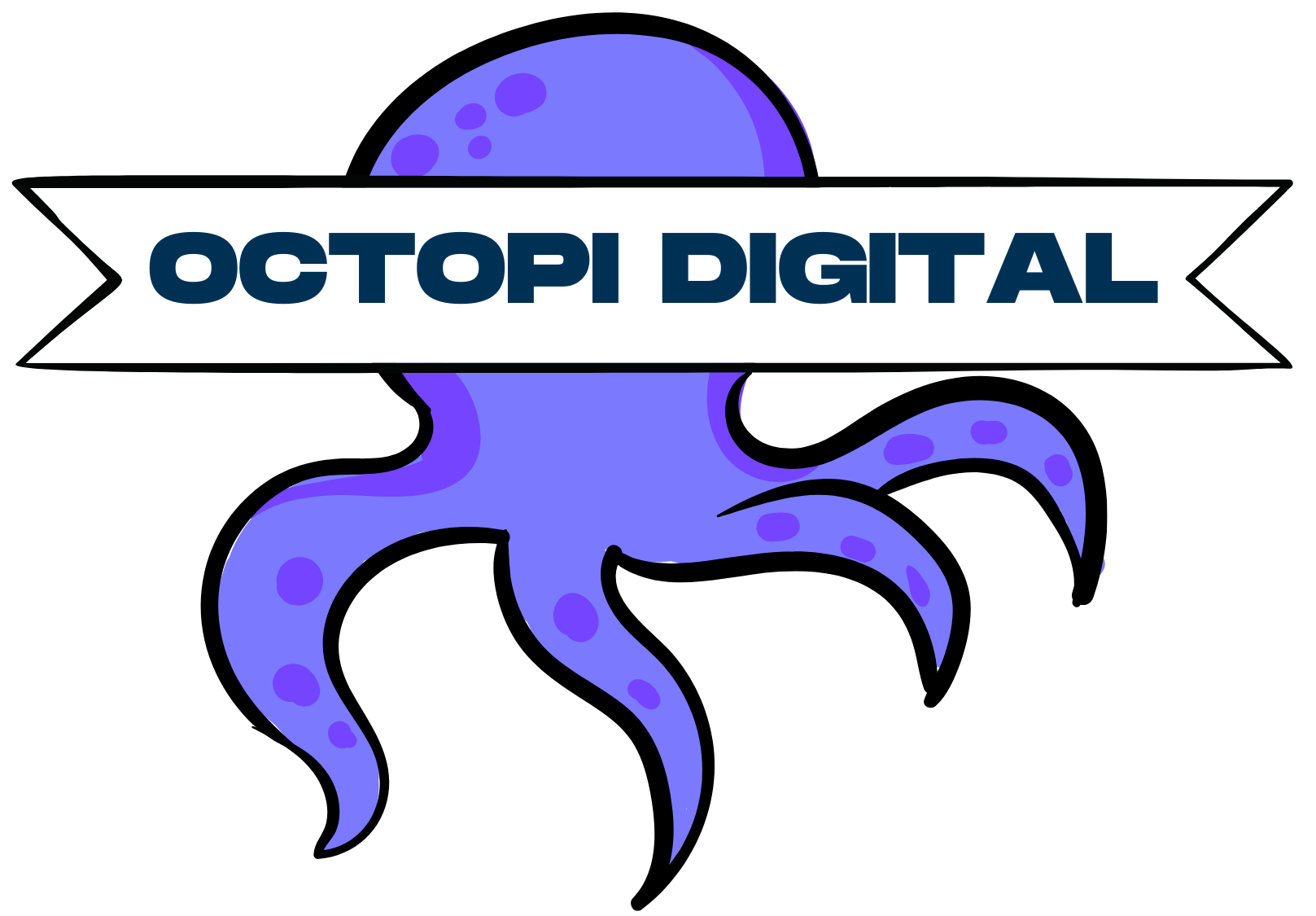Getting Started with Python and Django: A Beginner’s Guide
Python and Django are popular web development technologies used to create dynamic websites and applications. This guide will give you an introduction to the language and framework and help you get started with building your own projects.
What is Python?
Python is a high-level programming language used for software development. It is a powerful, easy-to-use language that is ideal for web development. It is used for a variety of tasks, including web development, mobile development, game development, scientific computing, and artificial intelligence.
What is Django?
Django is a web framework written in Python. It is used to create dynamic web applications with a database-driven back end. It is designed to simplify the development process, making it easier to build complex, interactive websites.
Getting Started with Python and Django
To get started with Python and Django, you will need to install the Python language and Django framework. You can download the necessary files from the official Python website or from the Django website. You will also need to install a text editor, such as Sublime Text or Atom, and a web browser, such as Google Chrome or Firefox. Once you have installed Python and Django, you will need to create a virtual environment to develop your project in. This can be done using the virtualenv command in the terminal.
Once you have set up your virtual environment, you can create a project folder and start writing your code. You will need to create a file called “requirements.txt” and add all the necessary packages for your project. You can then create a file called “manage.py” and start writing your code. This file is used to manage your project and is where you will write the main code for your application. You can then create an “app.py” file which will contain the code for your application.
Now that you have your project set up, you can start writing your code. You will need to create models, views, and templates. Models are used to store data in a database, views are used to interact with the user, and templates are used to create the HTML pages that are displayed to the user. After you have written your code, you can run the application using the “manage.py” command. This will start the development server and you can view your application in the browser.
Once you have written your code and tested it, you can deploy your application to a web server. You can use a service such as Heroku to host your application and make it available to the public. This will make your application available to anyone with an internet connection.
Conclusion
This guide has given you an introduction to Python and Django. You now have the basic tools to start developing your own projects. Python and Django are powerful technologies and can be used for many different types of web applications. With practice and dedication, you can become an expert in web development with Python and Django.
